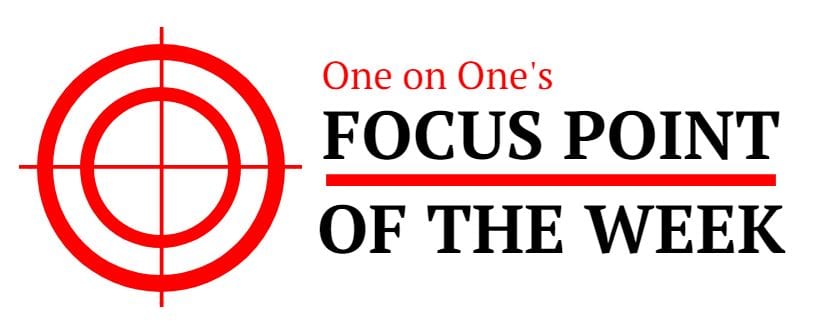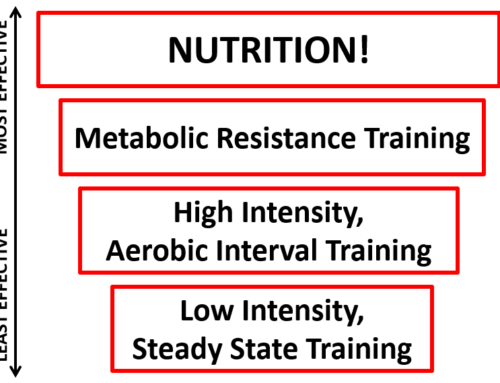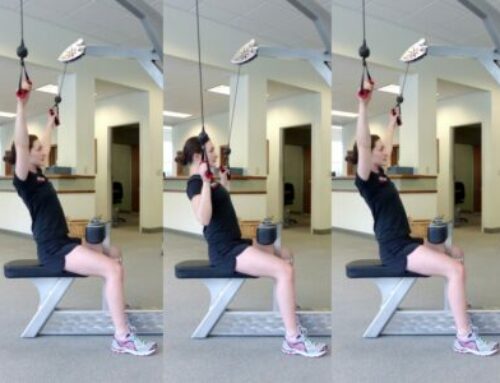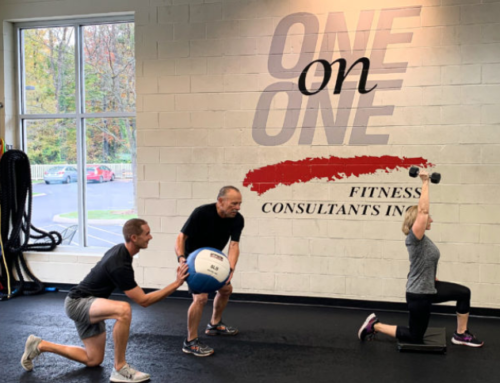By Ryan Burke
Last Updated: 4/16/23
Throughout the course of our lives, we all develop dysfunctional movement patterns. Physical inactivity, prolonged sitting, injury, and illness can negatively affect postural alignment and joint mobility. Dysfunctional movement can lead to low functional capacity, poor posture, and orthopedic problems. As most One on One clients understand, fitness training is the solution to these problems. But, an intelligently designed fitness program addresses more than just strength and stamina; corrective exercise is necessary for addressing dysfunction and training authentic functional movement.
Functional vs. Dysfunctional Movement
Authentic functional movement refers to the body’s ability to move in natural, healthy, and efficient ways. Authentic functional movement occurs when muscles have the perfect length-tension relationship. Because our bodies are built to adapt to our environment, over time, certain muscles may weaken while others strengthen. This imbalance affects length-tension relationships, causing dysfunctional movement.
Unfortunately, performing dysfunctional movement patterns over and over typically leads to chronic pain. While we may never be able to live completely pain free, we can be proactive in avoiding or alleviating unnecessary pain. This is the ultimate goal of corrective exercise.
What is Corrective Exercise?
Corrective exercise is a progressive system of training geared towards correcting faulty movement patterns and weak links in the body’s kinetic chain. By stretching overly tight muscle tissue and strengthening underactive muscle tissue, faulty movements can be improved and potentially eliminated. In other words, corrective exercise aims to bring the body into balance and to keep it there. Corrective exercise is often broken into the following two phases.
- Soft tissue & Stretch: Soft tissue work corrects imbalances by loosening overly tight muscle tissue. Soft tissue work is often performed with a foam roller, but can also be done with a tennis ball or other myofascial release tools. After tissue is loosened, stretching lengthens the muscle to restore length-tension relationships. Stretching can be static or dynamic; static stretches hold positions for a short period of time while dynamic stretching moves the body through a determined and deliberate range of motion.
- Activate & Strengthen: Activating and strengthening underactive muscles is critical to restoring length-tension relationships. Activation may include exercises such as planks and bridges, which “turn on” muscles prior to training. Muscles are strengthened by working against resistance, which may be body weight, elastic tubing, or loaded resistance.
There are many benefits of corrective exercise, including;
- Improved static and dynamic posture
- Decreased pain
- Decreased risk of injury
- Performance enhancement
- Increased mobility, movement quality and efficiency
Without professional guidance, it can be difficult to create a purposeful, progressive corrective exercise plan. Luckily, our team knows how to help! Ask our team of personal trainers how to get the most out of your corrective exercise program, and enjoy the benefits of preventing or alleviating pain and having a better quality of life for the long-term.
